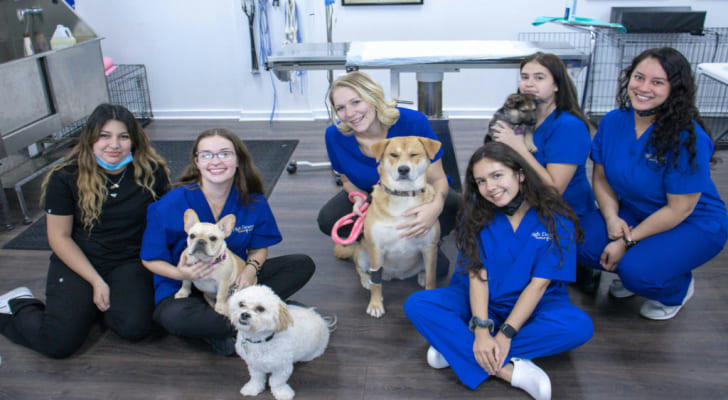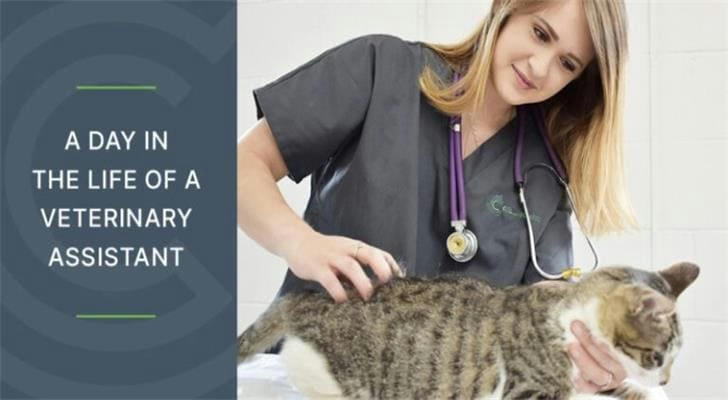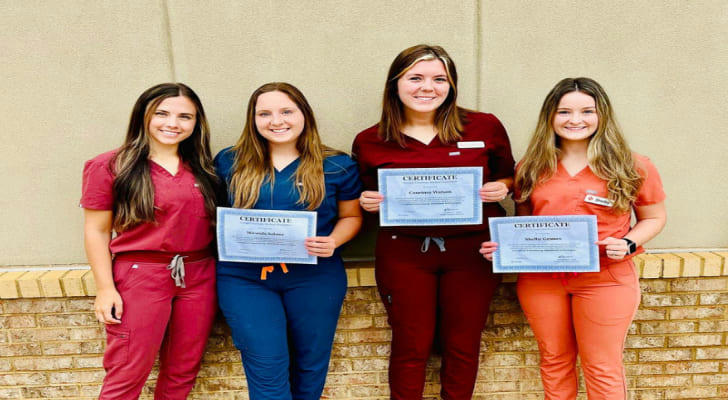Free Veterinary Assistant Course: Give Wings to Your Animal Medicine Dream
With people's growing concern for pet health, the veterinary industry is growing rapidly. As an important member of the veterinary team, veterinary assistants are responsible for assisting veterinarians in daily diagnosis and treatment. For those who love animals and hope to develop a career in the veterinary field, free veterinary assistant courses provide an ideal learning opportunity. This article will detail the content of free veterinary assistant courses, how to obtain them, and the potential benefits after completing the course.
I. What is a free veterinary assistant course?
Free veterinary assistant courses are funded by the government, educational institutions or non-profit organizations to provide free professional training for students who intend to become veterinary assistants. These courses usually include animal anatomy, physiology, disease diagnosis, animal care and handling skills, etc.
II. Why choose a free veterinary assistant course?

1. Low cost and high return
Free veterinary assistant courses enable students to learn the necessary skills without incurring financial burdens, laying a solid foundation for entering the veterinary industry.
2. Professional skills training
Veterinary assistant courses provide professional skills training, including but not limited to:
- Routine care and health monitoring of animals
- Assisting with surgical and therapeutic procedures
- Animal restraint and behavior management
- Maintenance and updating of medical records
3. Employment opportunities
After completing veterinary assistant training, students usually have a higher chance of employment, as veterinary assistant is one of the most in-demand professions in veterinary clinics and animal shelters.
III. How to find free veterinary assistant courses?

1. Community colleges and vocational schools
Many community colleges and vocational schools offer free government-funded veterinary assistant training courses. These courses usually include both theoretical and practical components.
2. Online resources
There are many free resources and online courses on the Internet, and students can teach themselves the knowledge and skills required for veterinary assistants at home.
3. Veterinary clinics and shelters
Some veterinary clinics and animal shelters offer in-house free veterinary assistant training courses in order to train their own staff.
IV. Free veterinary assistant course content
1. Animal anatomy and physiology
The course usually starts with basic animal anatomy and physiology to help students understand the structure and function of the animal body.
2. Disease Diagnosis and Treatment
Covering common animal diseases, diagnostic methods, and treatment procedures.
3. Animal Care and Handling Skills
Emphasis on how to safely and effectively restrain animals, as well as how to perform daily care and health monitoring.

4. Medical Records and Communication Skills
Teach how to maintain medical records and how to communicate effectively with pet owners and other medical team members.
V. Benefits of Completing the Free Veterinary Assistant Course
1. Career Development
Veterinary assistants are the starting point for entering the veterinary industry, laying the foundation for further career development such as becoming a registered veterinarian or other senior veterinary positions.
2. Social Demand
With the increase in the number of pets and the improvement of animal welfare awareness, the demand for veterinary assistants continues to grow, providing a stable employment prospect.
3. Personal Satisfaction
As a veterinary assistant, being able to play an important role in protecting the health and welfare of animals brings great personal satisfaction.
VI. Case Analysis

1. Success Story
Ms. Zhang is an animal lover who successfully found a job as an assistant in a veterinary clinic by taking the free veterinary assistant course offered by the community college. After two years of work, she used the skills and experience she learned to successfully pass the veterinary technician exam and became a senior veterinary assistant.
2. Community Impact
Graduates of free veterinary assistant courses have brought positive changes to their communities by providing professional animal care services. For example, some graduates have participated in community pet health education programs to help pet owners understand how to better care for their pets.
VII. Challenges and Opportunities of Free Veterinary Assistant Courses
1. Challenges
Although free veterinary assistant courses provide students with learning opportunities, they also face some challenges, such as inconsistent course quality and limited practice opportunities.
2. Opportunities
However, with the advancement of technology and the development of online education, the quality and accessibility of free veterinary assistant courses are constantly improving. In addition, the government and non-profit organizations are also increasing their financial support for these courses.
VIII. Conclusion
Free veterinary assistant courses provide a valuable opportunity for those who are interested in the veterinary industry. Through these courses, students can not only acquire the necessary skills and knowledge, but also enjoy many career benefits after completing the course. Whether through community colleges, online platforms or veterinary clinic training, finding and utilizing these free resources will help start a meaningful veterinary career journey.
Recommendations
- Active learning: Make full use of course resources and actively participate in learning and practice to maximize learning effects.
- Continuous development: Take veterinary assistant as the starting point of career development and continue to explore further education and career opportunities.
Through the veterinary assistant free course, you can not only gain valuable professional skills, but also contribute to personal career development and community animal health care. This is undoubtedly a win-win choice.
